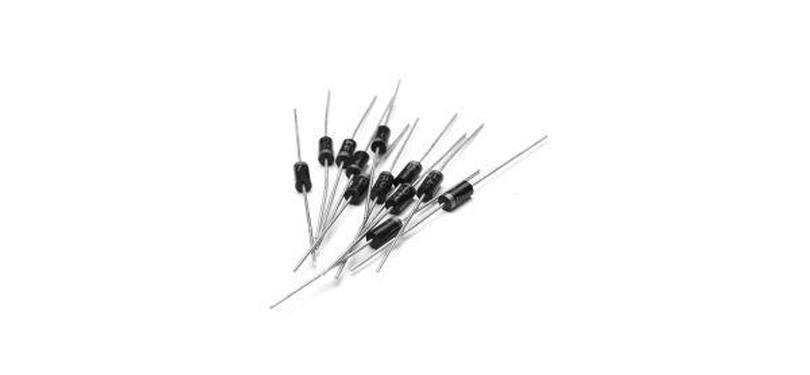

The 1N4007 is a plastic packaged general-purpose silicon rectifier diode in the form of DO-41. Widely used in various AC to DC rectifier circuit. Also used for bridge rectifier circuit. The 1n4007 utilizes the unidirectional conductivity of the diodes to convert alternately alternating currents into a single direction pulsed direct current. This article describes the 1N4007 diode forward resistance and reverse resistance.
recTIfier diode A semiconductor device used to convert alternating current into direct current. The most important feature of a diode is unidirectional conductivity. In the circuit, current can only flow in from the anode of the diode, and the cathode flows out. Usually it contains a PN junction, with both positive and negative terminals. Its structure is shown in the figure. The carrier in the P region is a hole, the carrier in the N region is an electron, and a certain barrier is formed in the P region and the N region. When a voltage is applied to make the P region a positive voltage with respect to the N region, the potential barrier decreases, storage carriers are generated near both sides of the barrier, and a large current can flow through it, with a low voltage drop (typically 0.7 V). The wizard is in an open state.
The forward resistance is the positive and negative resistance of the diode, which is very small. The reverse resistance is the resistance of the diode when it is reverse biased and not broken down. This resistance is large. The magnitudes of the positive and negative resistance values are relative, that is, the reverse resistance value is much larger than the forward resistance value, and the larger the reverse resistance, the better.
1N4007 is a rectifier diode, the reverse withstand voltage value is generally to 1000V. The forward voltage drop is almost 0.7V with a normal diode, as long as the reverse resistance can be considered infinite in its withstand voltage.




